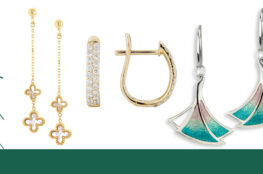
Some years ago I stumbled across a dusty framed picture in the back of our store room. It was a picture of a collection of historical rings but back then I didn’t have the time to take a closer look. I admit that it must have become buried amongst other old items but a couple of months ago I was determined find the picture again and see what it is all about.
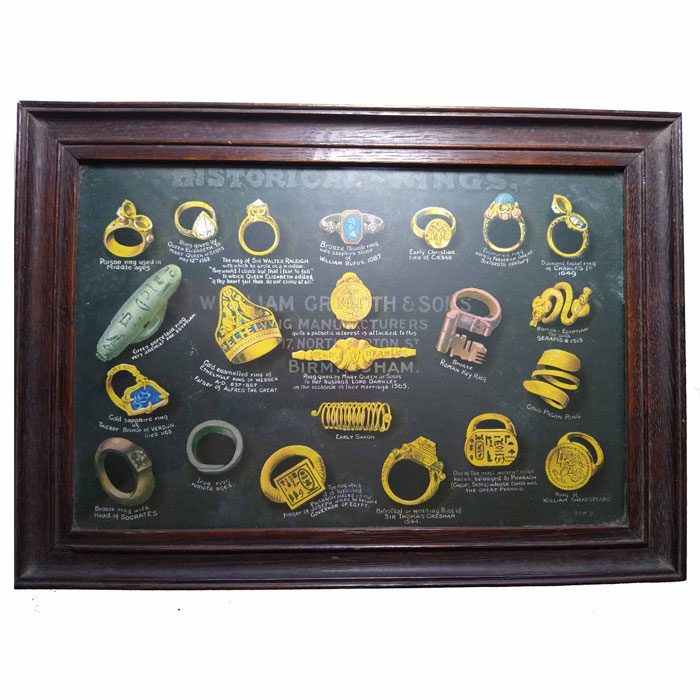
Historical Rings William Griffith and Sons
It wasn’t lost, just mislaid, so having unearthed I dusted it off and had a good look. The picture has 22 rings with descriptions and is labelled Historical Rings, William Griffith & Sons, Ring Manufacturers, Birmingham. Whoever had this must have been sufficiently interested in the history of rings to have it framed. When I turned it over I could see on the back is labelled Chas Speight, Printseller and Frame Maker London Road Kettering. I think it must have been my Great Grandfather Arthur Augustus Thornton who was the original owner and it is from him that I have inherited my love of the history of jewellery.

Early Saxon Ring
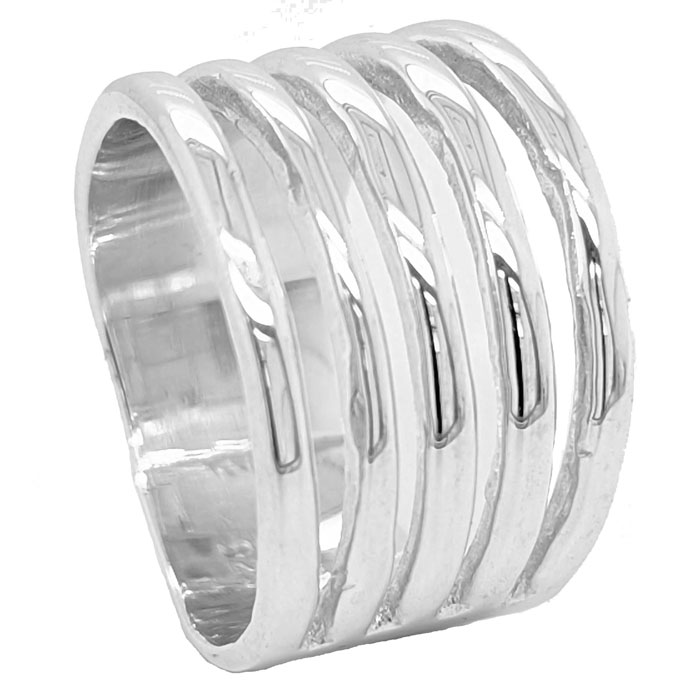
Sterling silver multi bar ring £65 our ref 104295
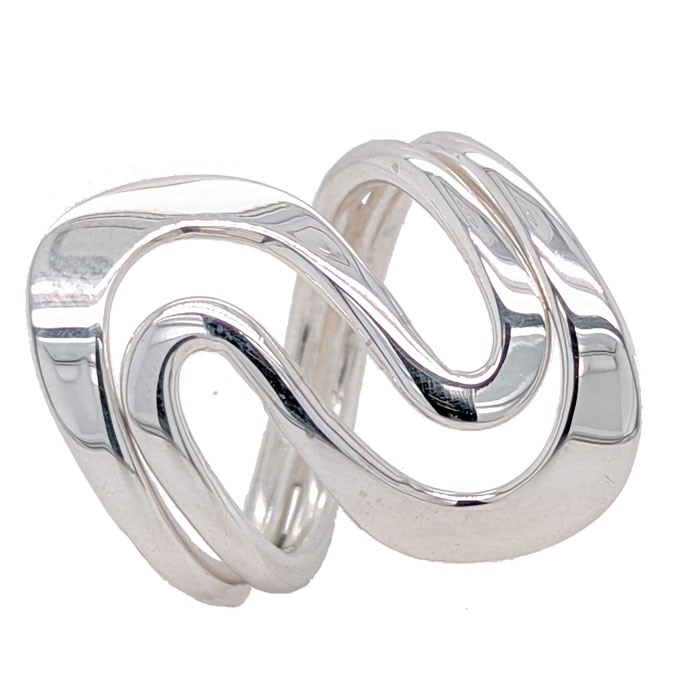
Sterling Silver double s shaped ring £48 ref 104288
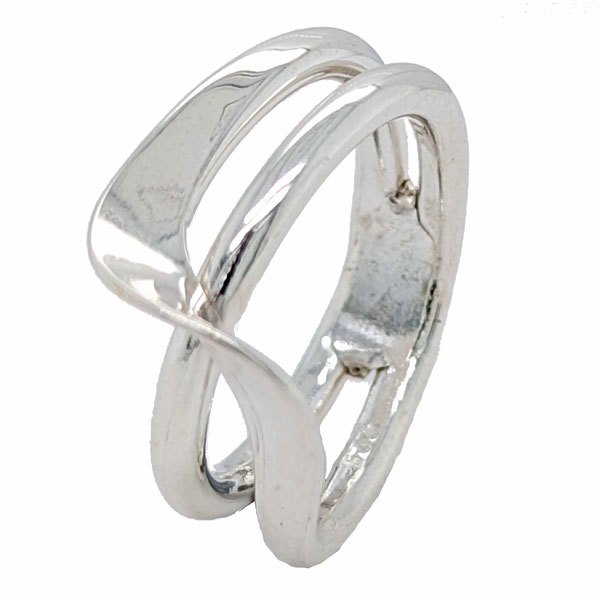
Sterling silver two band twist ring £38 ref 104287
It would be fantastic to think that I had examples of all the rings shown in the picture, who wouldn’t love to have the rings worn by Sir Walter Raleigh, Charles I and William Shakespeare, but what I thought I would do is have a look at some of the rings in the picture and consider how they influence the rings we wear today.
I am going to start with the Early Saxon ring which is in the centre of the picture and then the Pagan Ring which is on the right. You can see the influence of these simple wire rings on the work of contemporary designers and their work in silver.
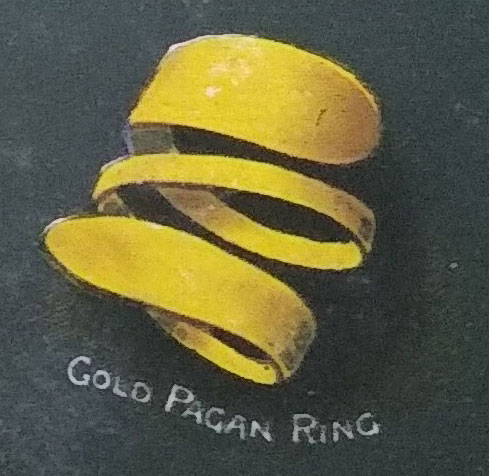
Gold Pagan Ring

Sterling silver hammered effect ring £42 our ref 104290
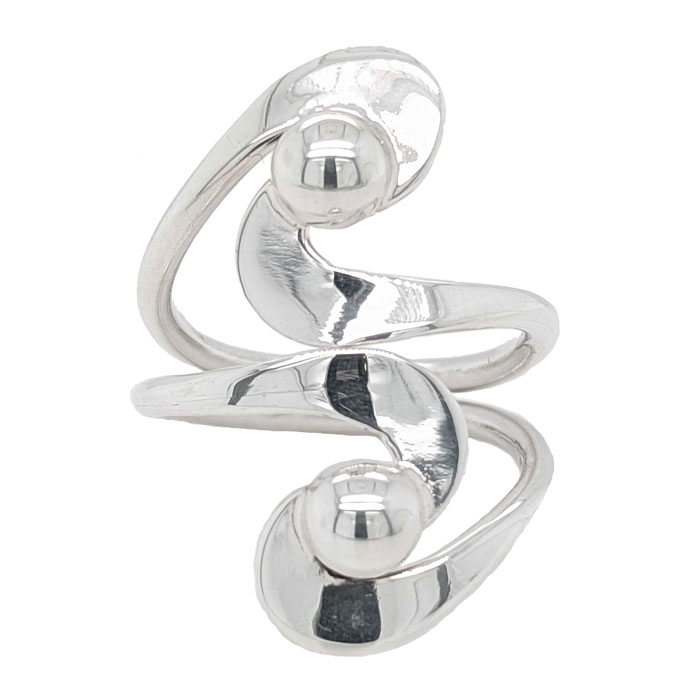
Sterling silver S shaped ring £49 our ref 104289
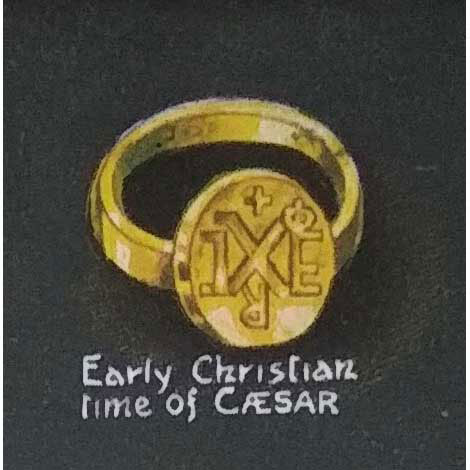
Early christian ring
I have also noticed that many rings in the picture are engraved in some way and a number of them appear to be signets. Signet rings originated amongst religious leaders and pharaohs and were used to mark & seal document with a unique family crest. So signet rings were so individual they could be considered a fingerprint indeed the word signature derives from Medieval Latin signatura, to sign or seal.
You can see that modern Signet rings have changed very little and are sometime sold complete with the wax to make your own seals. We are often asked to seal engrave, which is much deeper, or hand engrave a family crest or a particular design so creating your own piece of history as the pharaohs once did.
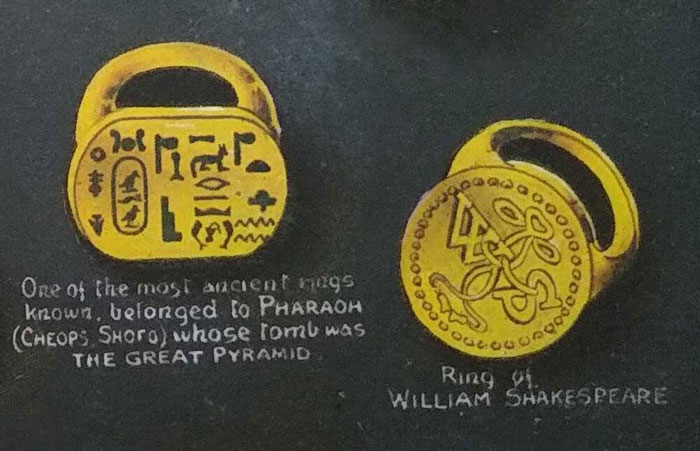
2 signet rings one of William Shakespeare and one of a Pharaoh

Seal engraved signet ring
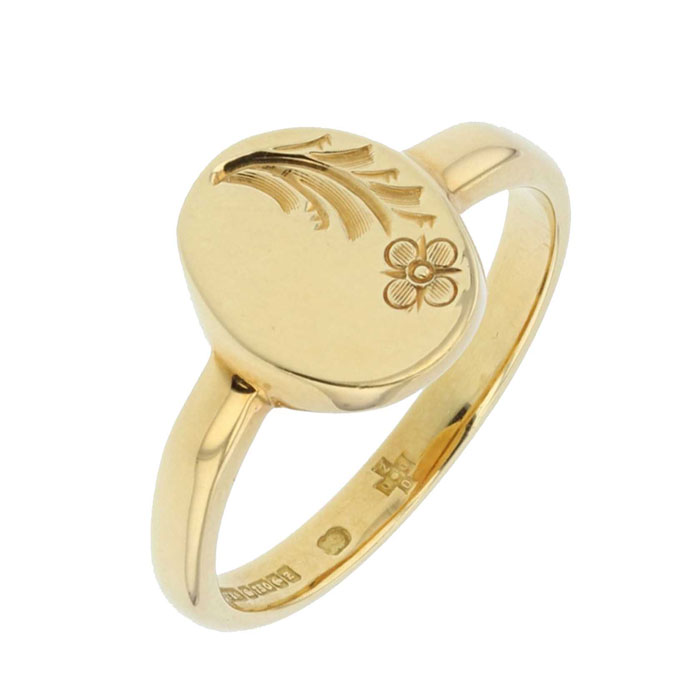
Engraved signet ring
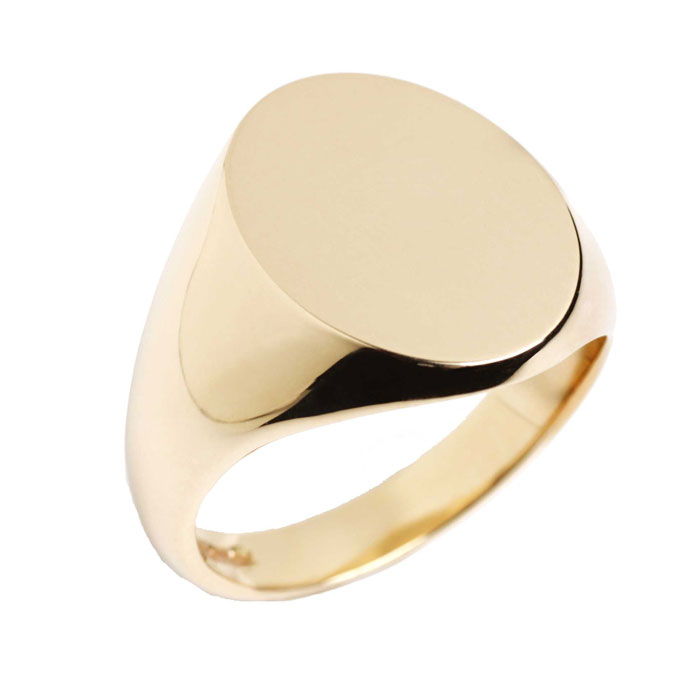
Plain signet ring

Seal signet ring
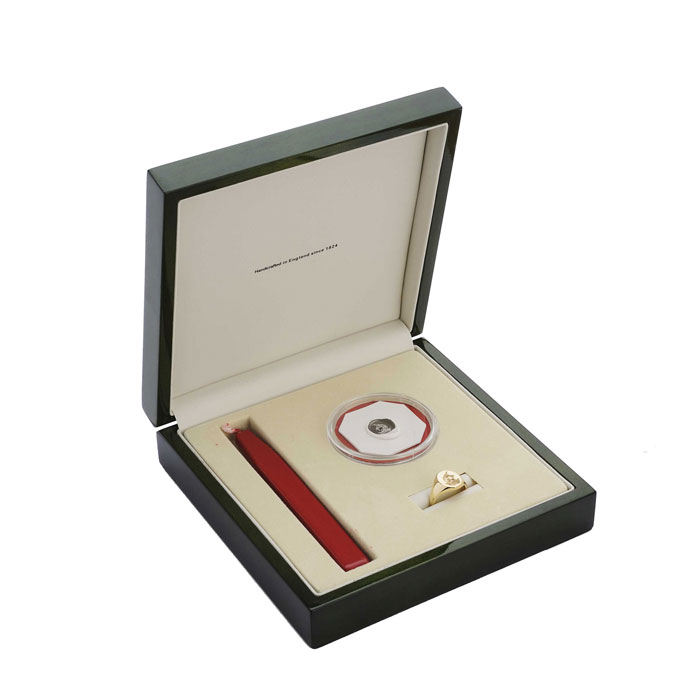
seal box
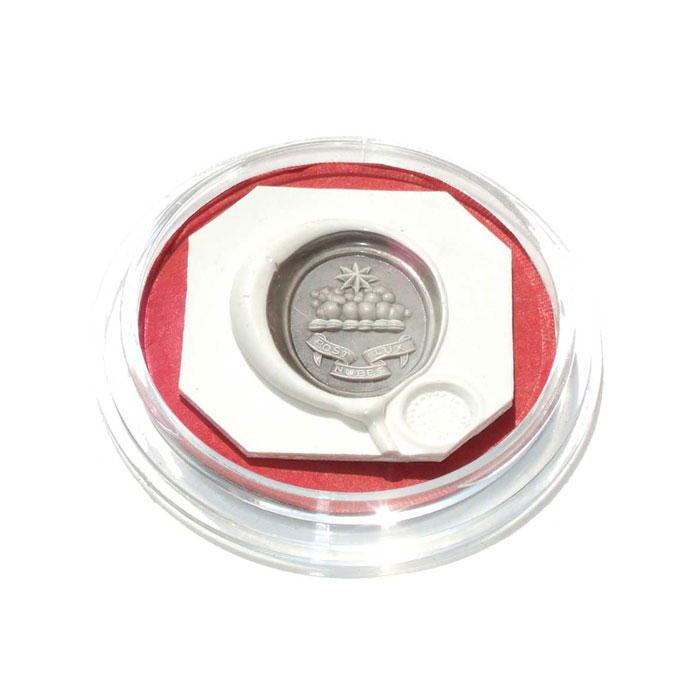
Wax Seal
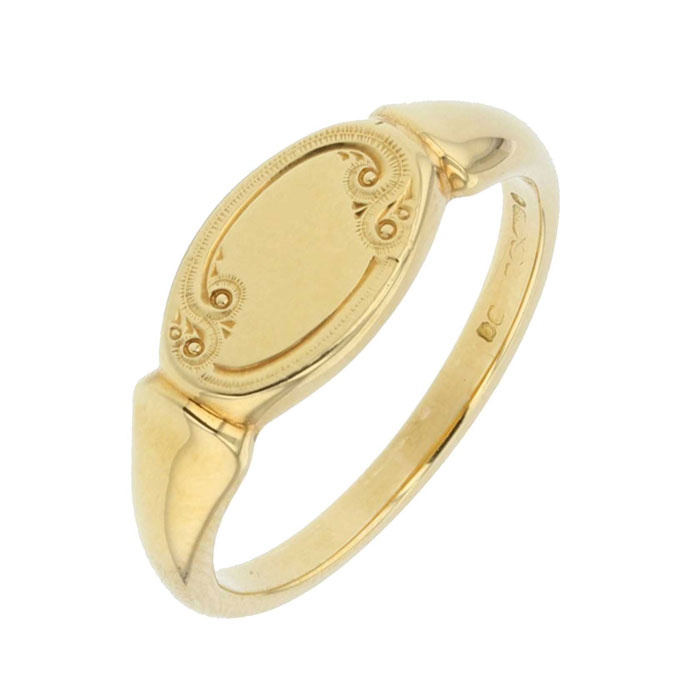
Engraved signet ring
Next month I will pick out some more of the rings in the picture and see if I have something similar in our historical collection.
